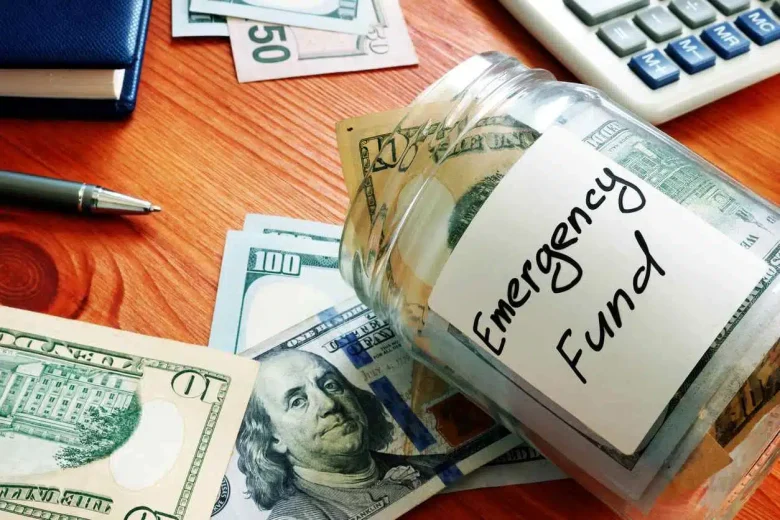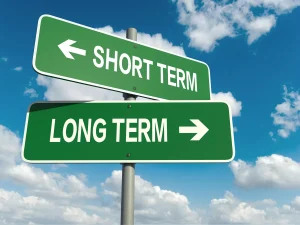Life often presents unexpected challenges, such as unexpected medical bills, car repairs, or job loss. That’s where an emergency fund comes in. An emergency fund serves as your financial safety net, helping you avoid debt or financial stress in difficult times. But how much should you save? The answer varies depending on your unique circumstances. By the end of this article, you’ll have a better understanding of how to calculate the right amount for your fund and how to maintain it effectively.
Determining Your Monthly Expenses
Before you can figure out how much to save, you need a clear picture of your monthly expenses. Start by tracking every dollar you spend over the course of a month, dividing costs into categories like rent or mortgage, groceries, utilities, insurance, and debt repayments. Don’t forget irregular costs, such as annual subscriptions or car maintenance, spreading them across 12 months to find the average monthly expense. Having an accurate idea of your basic costs ensures your emergency fund is tailored to cover your real needs and not just a generic estimate.
Calculating Your Ideal Emergency Fund Size
Once you know your monthly expenses, deciding how much to save becomes more straightforward. Financial experts typically recommend saving enough to cover three to six months’ worth of essential expenses. For someone who spends $2,500 monthly on necessities, that translates to an emergency fund of $7,500 to $15,000. However, the right amount varies based on your personal circumstances. For example, if you have a stable job and multiple income streams, you might feel comfortable with three months of savings. On the other hand, freelancers and gig workers often save six months or more, as their income might be less predictable.
Where to Keep Your Emergency Fund
Finding the right place to store an emergency fund is just as important as saving the money itself. Accessibility is crucial—you should be able to swiftly access the funds without encountering any complications or concerns about potential losses. A high-yield savings account is often considered the best option. These accounts offer easy access while allowing your money to grow slightly through interest. Avoid investments like stocks or mutual funds for this purpose, as their value can fluctuate, potentially leaving you short when you need the money the most.
Replenishing Your Emergency Fund After Use
Using your emergency fund is inevitable at some point—it’s what it’s there for. However, replenishing it as soon as possible should be a top priority. Treat the process like any other financial goal. Allocate a portion of your monthly income specifically for rebuilding it, either by reducing non-essential expenses or automating your savings. Until your fund is fully restored, you might also choose to hold off on certain luxuries like vacations or big-ticket purchases. The objective is to strengthen your financial safety net to ensure you are always ready for unforeseen events.
Adjusting Your Savings Over Time
Managing emergency funds is a continuous process. Your expenses, lifestyle, and circumstances are likely to change over the years, requiring periodic adjustments to your savings goals. Got a raise? Factor in the potential increase in living costs and save accordingly. Moving to a city with a higher cost of living? Expand your fund to reflect the new expenses. Even major life events such as marriage, having children, or buying a home should signal a review and recalibration of your emergency fund. Making these adjustments ensures your fund remains appropriate for your needs at any given stage in life.
FAQs
1. How do I start saving for an emergency fund?
Begin by setting small, achievable goals and automating savings. For example, start with a target of $500, then gradually work toward one month’s worth of expenses, eventually building to three to six months.
2. Can I invest my emergency fund to grow it?
It’s not advisable. Emergency funds need to be liquid and safe. While investments might offer higher returns, they come with risks and can lose value or be difficult to access quickly.
3. What if I have debt? Should I save for an emergency fund or focus on paying it off?
This largely depends on the type of debt. If your debt has high interest rates, consider splitting your focus—allocate money to both paying down debt and building a small emergency fund of at least $1,000. Once you’ve tackled high-interest debt, you can shift focus to expanding your emergency fund.
4. Are three months of expenses really enough?
It depends on your situation. If your income is stable and predictable, three months might be sufficient. However, in uncertain industries or if you’re self-employed, aiming for six months or more is safer.
5. Can I use my emergency fund for planned expenses?
No. Your emergency fund is strictly for unplanned, urgent expenses. For planned expenses, like a vacation or buying a car, create separate savings accounts to avoid depleting your emergency reserve.




